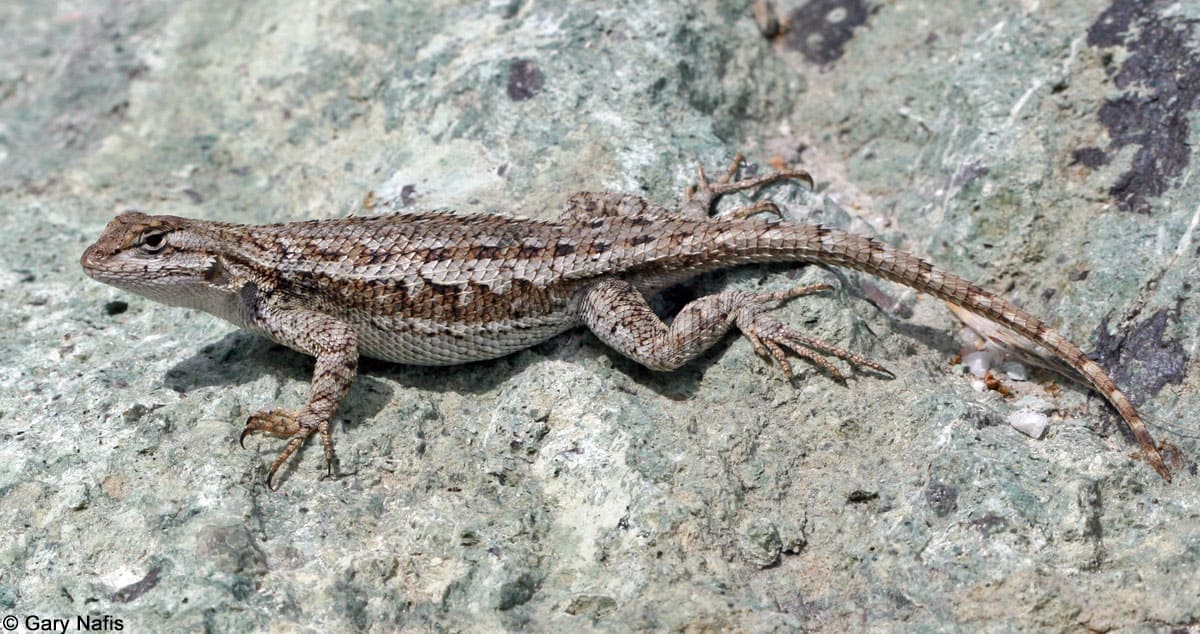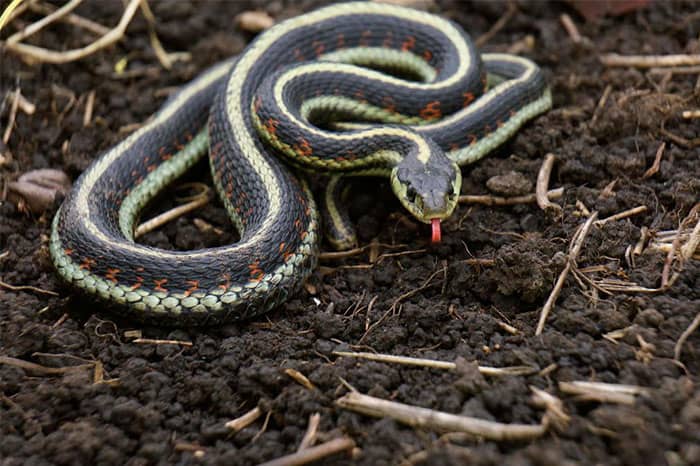
Cold-Blooded and Cold-Tolerant: Finding Reptiles In the North Cascades Ecosystem
The North Cascades Ecosystem is full of wonders I never thought I would experience when I first moved here from Florida. From snow on the mountain tops even in August, to the milky-turquoise color of Diablo Lake in the warmer months, I am constantly amazed and fascinated by this magical place. Nothing has been more interesting to me, however, than the fact that despite being basically the opposite of what I knew as a perfect habitat for reptiles, this place is chock full of them.
Defining the North Cascades Ecosystem alone was a bit of a challenge- as many people have many different ideas of what the NCE is. The North Cascades National Park alone has ten different species of reptiles (you can find a checklist here), but the NCE doesn’t stop at the National Park’s boundaries. So, I extended my search further east, to the Okanogan and Columbia River boundaries. And man, am I glad I did.

Upon deciding to take a deeper dive into this curious world of reptiles where they don’t belong, I found that we have quite a special mix of hardy, cold tolerant creatures. From testudines to serpentes and iguania, the North Cascades Ecosystem covers quite a few orders (and suborders) from the class reptilia. In fact, even though the North Cascades Ecosystem is no Florida when it comes to walking around and almost stepping on snakes, lizards, or even
alligators, its still host to sixteen amazing species of reptiles that are thriving in this chilly place we all call home:
● Painted Turtle (Chrysemys picta)
● Western Fence Lizard (Sceloporus occidentalis)
● Common Side-blotched Lizard (Uta stansburiana)
● Pygmy Short-horned Lizard (Phrynosoma douglasi)
● Sagebrush Lizard (Sceloporus graciosus)
● Northern Alligator Lizard (Elgaria coerulea)
● Western Skink (Eumeces skiltonianus)
● Western Yellow-Bellied Racer (Coluber constrictor)
● Common Garter Snake (Thamnophis sirtalis)
● Northwestern Garter Snake (Thamnophis ordinoides)
● Western Terrestrial Garter Snake (Thamnophis elegans)
● Gopher Snake (Pituophis catenifer)
● Sharp-Tailed Snake (Contia tenuis)
● Night Snake (Hypsiglena torquata)
● Northern Pacific Rattlesnake (Crotalus oreganus)
● Rubber Boa (Charina bottae)

So how do all these cold-blooded creatures survive in this cold, precipitation prone climate? To be honest, for most scientists it’s still a mystery. Reptile thermoregulation is not widely understood, partly because of its unimaginable intricacies, and partly because, well, reptiles are pretty darn sneaky. Like many of their warm-blooded neighbors, reptiles tend to ‘hibernate’ in the winter, or at least take on something fairly close to hibernation. This means that when it comes time to tuck away for the winter, they do what all of us humans wish we could do- they hide.
The Painted Turtle, for example, finds a nice spot underwater to ‘snooze’ for the winter months. Even as their habitats freeze over, these tough little testudines will slow their metabolism to almost non-existent rates and absorb oxygen through their skin, or sometimes not at all. Through this hibernation technique, they are able settle on the bottoms of ponds and puddles while the rest of the world faces the freezing cold.
Snakes of course also have their own hibernation practices, but in true snake fashion, they do it in a much creepier and terrifying way. I’m talking about thousands of snakes… in caves! Hibernaculum groups are especially common in the Garter Snake species found here in the North Cascades Ecosystem. Meeting each other in caves or under any shelter they can find, these snakes will ‘huddle’ up for the winter. Although intertwining and coiling themselves doesn’t do much to spread the warmth for these cold-blooded animals, the insulation of having hundreds to thousands of your closest friends hugging you all winter keeps these little guys alive through the cold season. You can even find mixed species within some hibernaculum groups, with garter snakes, rattlesnakes, and rubber boas all hanging out together in one room.
The Pygmy Short-Horned Lizard uses a method almost as interesting as the little creatures themselves. These wee lizards bury themselves in sand and soil, and then wait to freeze in the winter months. There is a very fine line between the lizards freezing themselves to the point of no return, and freezing just right to thaw back out once spring comes along, and these lizards know exactly how to hit that sweet spot. The little popsicles have adapted to the cold climate amazingly, and are able to survive harsh, high elevation winters all over the Northwest!

Cold-tolerance is definitely something I hoped to find here in the Northwest when I moved from Florida, but it’s not exactly what I thought I would find in reptiles. It certainly goes to show that not everything is as it seems, and even though it’s no tropical paradise, the North Cascades Ecosystem can be the perfect home for some scaly, cold-blooded critters.
This post was researched and written by Ali Burdick for the Northwest Natural History course as part of the Institute’s Graduate M.Ed. program. North
Cascades Institute has not extensively fact-checked the information contained herein and recommends researching other sources of information to enhance one’s understanding of the topic.

